Syrinx Overview
A syrinx is a formation filled with fluid which is localized in the spinal cord or brain stem. If it affects spinal cord the condition is classified as syringomyelia and if the syrinx affects the brain stem the diseases is classified as syringobulbia. A syrinx most commonly affects people with certain predisposition, such as craniocervical junction abnormalities and it can also be a result of spinal cord trauma. Additionally, tumors can lead to a syrinx. The goal of the treatment is to drain the syrinx or open the affected cerebrospinal flow.
Symptoms and Signs of Syrinx
Patients develop flaccid weakness of extremities and there is evident change in sensations. Namely, patients become less sensitive of painful and temperature sensations, pressure and vibration sensations. The first symptoms the patient can complain about are painless burns or cuts.
If left untreated the disease may eventually result in muscle atrophy, fasciculations and hyporeflexia of the extremities. In advanced stages patients develop spastic weakness of lower extremities. These neurological deficits can be both, symmetric or asymmetric.
The diagnosis of a syrinx is easily confirmed by MRI of the brain and spinal cord.
Surgery for Syrinx
The surgery is performed by well experienced surgeon who has already been engaged in operations of a syrinx. The treatment modality is the only way for the patient to get rid of all the symptoms and signs of the disease. The doctors will examine the patients and if the disease does not progress rapidly and the symptoms and signs are not so serious the surgery is postponed until the syrinx grows enough to cause serious problems. In some cases the disease progresses rapidly and the surgery has to be performed as soon as possible.
The surgeon will inform the patient about all the possible risks and complications related to the surgery of syrinx. The goal of this treatment modality is to drain the syrinx and to correct the primary condition which has led to formation of syrinx. For example, if a tumor is a cause of a syrinx the surgeon will remove the tumor and drain the syrinx and the symptoms will be eliminated.
The surgical procedure has to be performed timely since if postponed for a longer period of time the affected structures can be damaged irreversibly and the surgery will not be able to restore all the lost functions.
- Sixteen consecutive patients (12 men, four women; mean (SD) age, 36.9 (10.2) years) with typical symptoms of syringomyelia associated with Chiari type I malformation (n?=?11) or spinal cord trauma with syringomyelia above the injury (n?=?5) were recruited for the study. These patients had all experienced a significant progression of neurological dysfunction and radiological worsening of their syrinx.
- The patients with post-traumatic syrinx had experienced their first symptoms 13.9 (11.8) years after their trauma, and their syrinx was identified 12.5 (13.1) years after the trauma. Eight patients suffered from neuropathic pain.
- All the patients were operated on by the same neurosurgeon. The patients with Chiari malformation underwent foramen magnum decompression. This consisted in suboccipital craniectomy and removal of the posterior arc of C1, opening the dura and arachnoid, and resecting arachnoid adherences when present.
- In the patients with post-traumatic syringomyelia, the operative procedure consisted in opening and resecting the arachnoid membrane, microsurgical lysis of arachnoid adherences when present, and subarachnoid space reconstruction with autogenous fascia duraplasty. There were no cardiac, respiratory, or infectious complications related to surgery.
- Neuropathic pain was defined according to the International Association for the Study of Pain as “pain initiated or caused by a primary lesion or dysfunction of the nervous system.” It has also been referred to previously as “dysaesthetic pain” in patients with central injury. Patients were asked to report the pain severity (ongoing pain at rest and pain induced by effort) over the last 24 hours using a 100 mm visual analogue scale (VAS) graduated from 0 (no pain) to 100 (worst possible pain). No patient was receiving regular analgesics at the time of evaluations, and three patients took weak opioids on an as-needed schedule.
- All patients presented with thermal and mechanical (pinprick) deficits. Six patients had anaesthesia to heat and eight had anaesthesia to cold. Eleven patients presented with vibration deficits or fine tactile impairment at the sensory level and seven patients with Chiari malformation presented with vibration deficits in the feet (not tested in patients with post-traumatic syrinx).
- Surgery had no overall effect on the extent of thermal deficits or on thermal detection and pain thresholds at the site of maximal impairment or in the hand. However, some patients recovered partially or totally from their thermal deficits, while others remained stable or seemed to deteriorate.
- Vibration detection thresholds improved significantly at the site of maximal impairment and in the hand.
- Eight patients had neuropathic pain at the sensory level, described as burning or squeezing, and reported that their pain was aggravated by effort, as well as by cough and by the Valsalva manoeuvre in four cases. Surgery had no overall effect on ongoing pain at rest.
In certain number of cases a syrinx may reoccur. This requires reoperation.
In some patients successful drainage of the syrinx can be achieved by placement of catheters, drainage tubes and valves. This procedure is called the shunting. The most commonly performed is ventriculoperitoneal shunt which drains the excess of cerebrospinal fluid from the brain into the peritoneum.


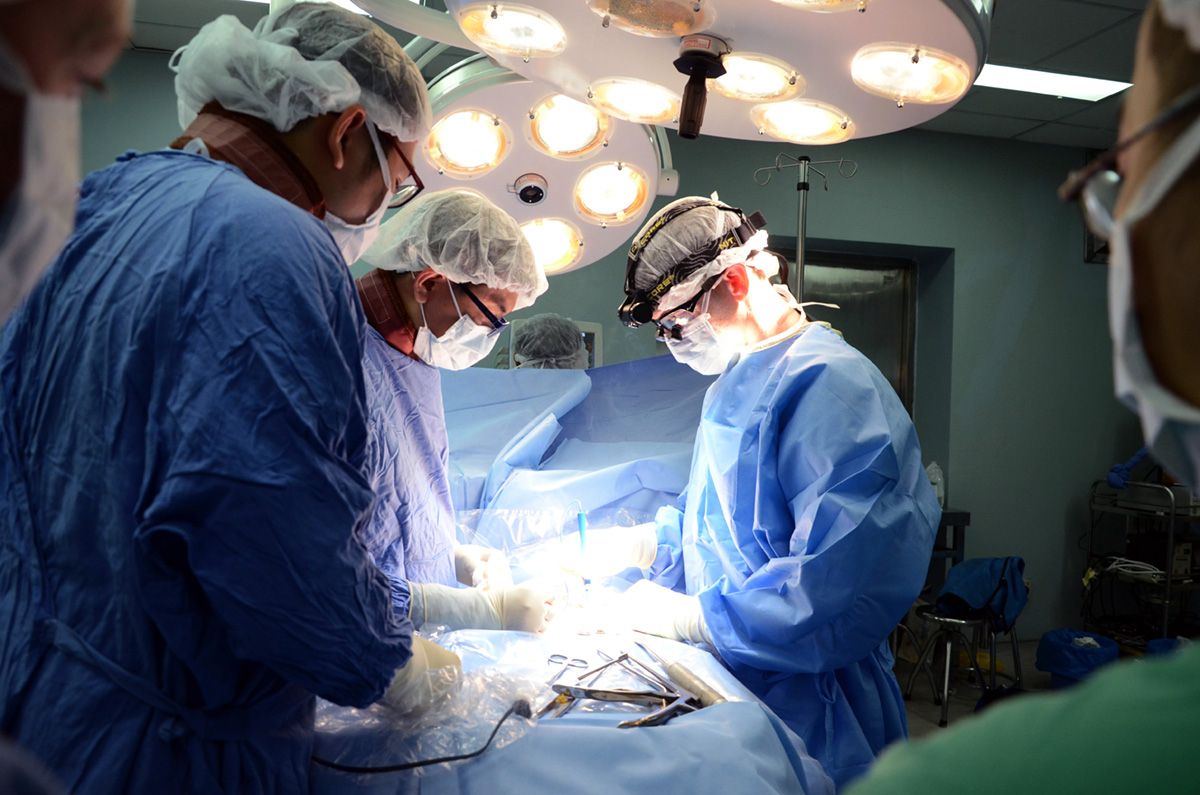
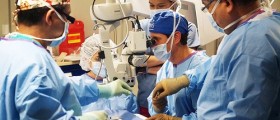




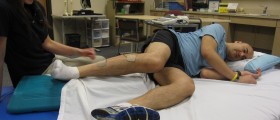
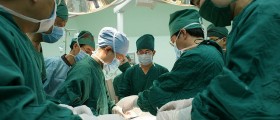



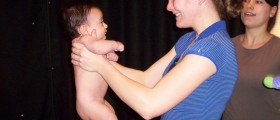

_f_280x120.jpg)


Your thoughts on this
Loading...